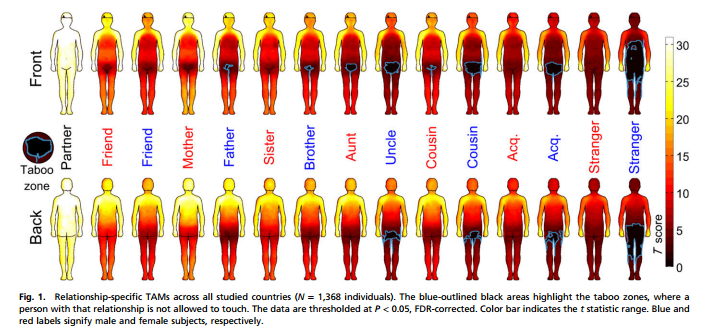Hug or handshake? A social guide to touching – and what’s socially acceptable when you’re with a partner, friend, stranger and sibling

A handshake or a hug? Or even a kiss on the cheek? You may never have that awkward moment again, thanks to researchers at Oxford University.
If in doubt, side with caution. The largest ever study into physical conduct suggests that people really don't like being touched anywhere by a stranger other than on their hands.
Professor Robin Dunbar, who led the study, said while a kiss on first meeting was now considered socially acceptable, people will often adopt an "arm hold" simultaneously to make the whole ordeal less awkward.
Read more: Is it socially acceptable to check emails in meetings
The research, published in the journal Proceedings of the National Academy of Science, also shows a distinct difference between men and women and where a person finds a particular place on their body "acceptable" or "inappropriate" to be touched.
Women are generally more comfortable being touched than men, but find it inappropriate to be touched intimately by anyone other than their partner or mother.
The researchers at Oxford teamed up with Finland’s Aalto University to ask more than 1300 men and women from five countries – the UK, Finland, Denmark, Russia and Italy – to colour areas of the human body they would allow particular people to touch, ranging from their partner to a stranger.
The lighter the colour the more acceptable it is to be touched in that region. Blue represents male subjects and red represents female subjects.

Source: Proceedings of the National Academy of Science
The researchers said: "These body regions formed relationship-specific maps in which the total area was directly related to the strength of the emotional bond between the participant and the touching person.
Cultural influences were minor. We suggest that these relation-specific bodily patterns of social touch constitute an important mechanism supporting the maintenance of human social bonds.
The researchers concluded the bodily area others are allowed to touch thus represent the strength of the relationship-specific emotional bond.
"We propose that the spatial patterns of human social touch reflect an important mechanism supporting the maintenance of social bonds." No kidding.